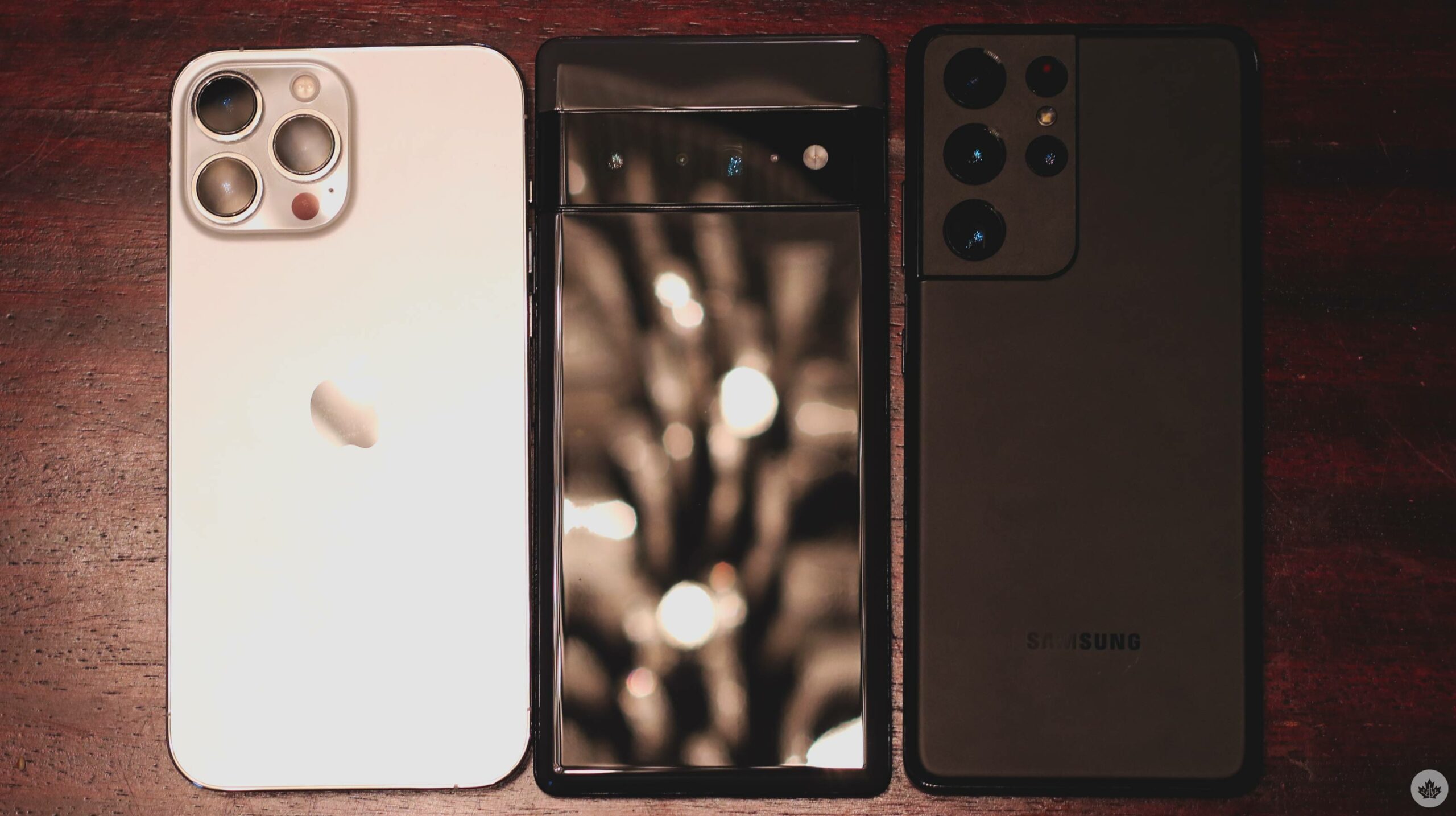
At this point, the Canadian flagship smartphone market is very uniform.
The U.S. government’s ban on Huawei hindered the company’s ability to make Android devices for western markets, Motorola has moved to mostly selling mid-range handsets, and LG shuttered its phone-making business earlier this year.
Only a few notable smartphone manufacturers still sell their devices in the country, including Apple, Samsung and Google. This leaves us with 2021 flagships like the Galaxy S21 Ultra, the Pixel 6 Pro and the iPhone 13 Pro Max in terms of high-end smartphones.
While Samsung has launched numerous flagship-level devices this year, including the Z Fold 3, Z Flip 3 and the S21+, the S21 Ultra is arguably the best of these devices. It sports a top-tier set of cameras, the largest battery, and the most RAM (if you purchase the 16GB variant).
Over the past few months, I’ve spent some time with these three phones and pitted them against each other to examine their displays, camera abilities, battery life and how well they handle high-end mobile games.
Look at those 120Hz screens
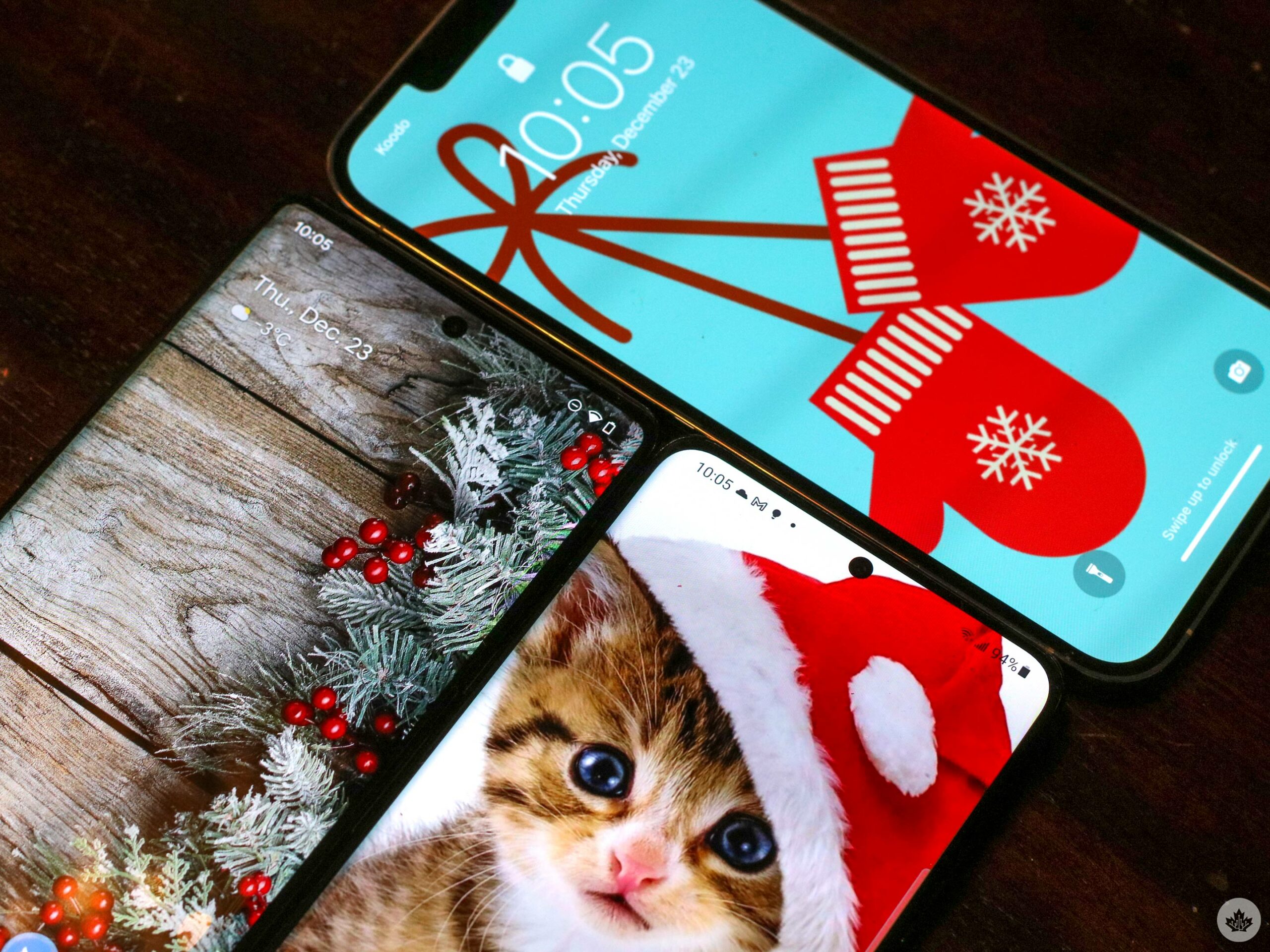
Apple’s iPhone 13 Pro features a ‘Super Retina XDR’ OLED panel that, for the first time ever in an Apple smartphone, offers a 120Hz display refresh rate. The 6.7-inch screen looks great, images are detailed and videos offer a significant amount of contrast. Additionally, the buttery smooth refresh rate makes gaming and scrolling a breeze.
However, out of the three devices, the iPhone 13 Pro features the lowest display pixel resolution and density. Both the Pixel 6 Pro and Galaxy S21 Ultra offer HDR10+ alongside a 120Hz refresh rate, with the Pixel 6 Pro sporting a 1440 x 3120 pixel resolution and the Galaxy S21 Ultra featuring a 1440 x 3200 pixel resolution. Both host a pixel density higher than 500ppi, which means that at least on paper, the devices’ displays should look better than the iPhone 13 Pro’s screen.
To put the displays to the test, I looked at all three phones playing high-quality content and decided which looked the best. Despite offering a lower resolution, the iPhone 13 Pro Max’s blacks are darker and the whites are brighter than the other devices. Overall, the iPhone 13 Pro also offers a display with lighter tones than the other two Android devices. However, the Pixel 6 Pro’s display features a wider range of colours, including deeper blues, oranges and greens. On the other hand, the S21 Ultra is squarely in the middle as it offers a balance between both devices’ display quality.
It’s difficult to declare an official winner out of the three devices when it comes to displays because all look stellar. That said, I understand why some people would prefer the iPhone 13 Pro Max’s brighter screen. However, I prefer the Pixel 6 Pro’s display because of its richer colours.
With all of this in mind, while you definitely spend a lot of your time looking at your smartphone, you spend even more time holding the device.
Big phones
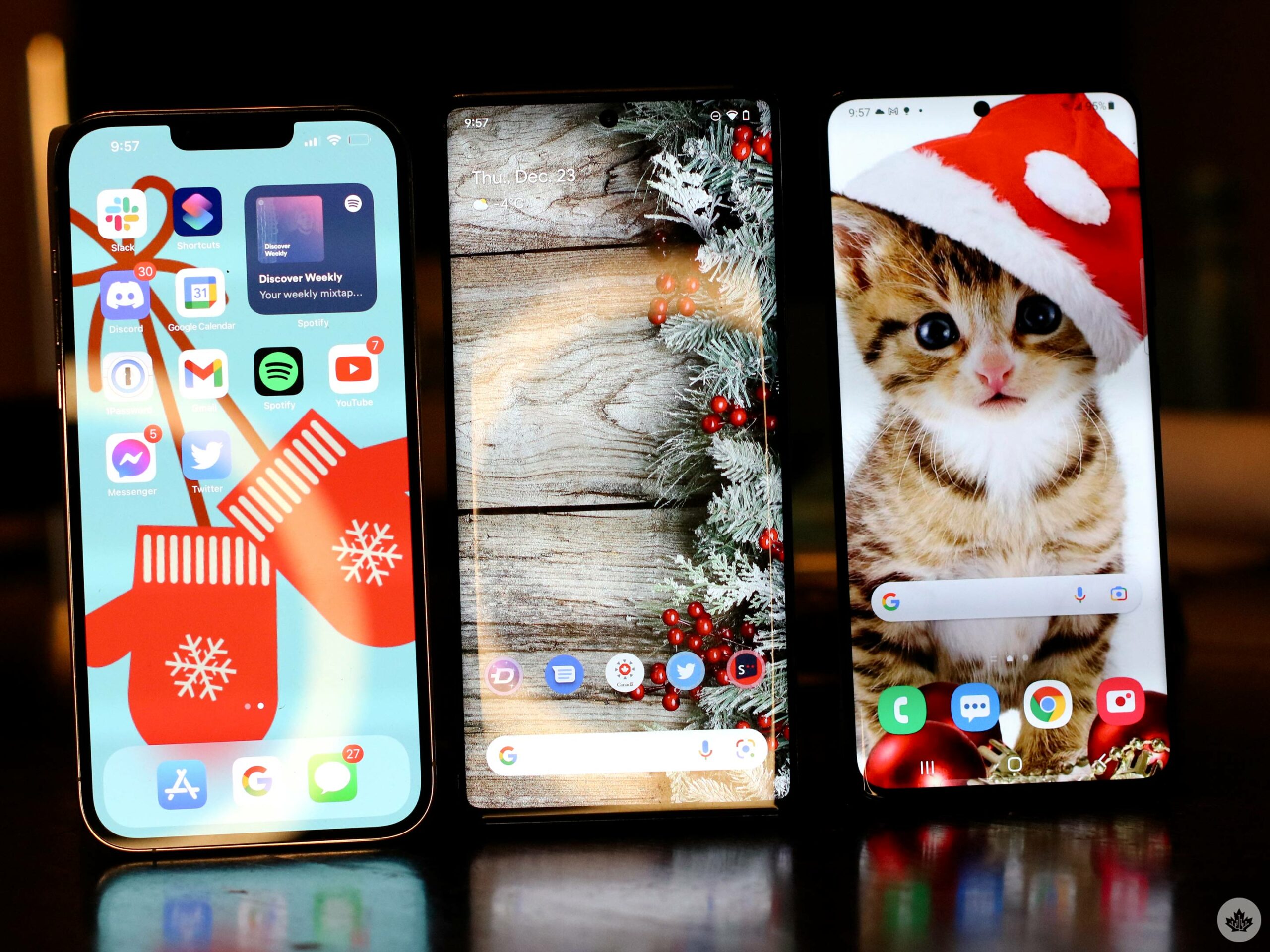
All three devices are quite heavy and large, with the lightest of the three being the Pixel 6 Pro at 210g. The iPhone 13 Pro is the thinnest, shortest and widest out of all the devices. While some might like this, I find a handset being wide and heavy makes it difficult to hold. The Pixel 6 Pro, on the other hand, is slightly shorter, roughly as thin and only slightly wider than the Galaxy S21 Ultra
Due to the Pixel 6 Pro being the lightest, not too wide and sporting a 2.5D curved screen, I most prefer to hold the Pixel 6 Pro.
Design-wise, the Pixel 6 Pro’s small front-facing camera and rear-facing bar are a nice touch. I understand that the Pixel 6 Pro’s camera bar isn’t aesthetically pleasing to some, but it makes the phone stand out in the industry full of very similar-looking devices — and I love that it keeps the phone stable on a table.
However, the Pixel 6 Pro features a glossy finish, which isn’t ideal given it easily attracts smudges and fingerprints and makes the phone feel overall like a less premium device. Thankfully, Samsung and Apple’s smartphones sport matte finishes that prevent smudges.
Overall, I’d say the Galaxy S21 Ultra wins in the design category given that it feels comfortable to hold, boasts a small front-facing selfie shooter and offers a matte rear.
Superior cameras
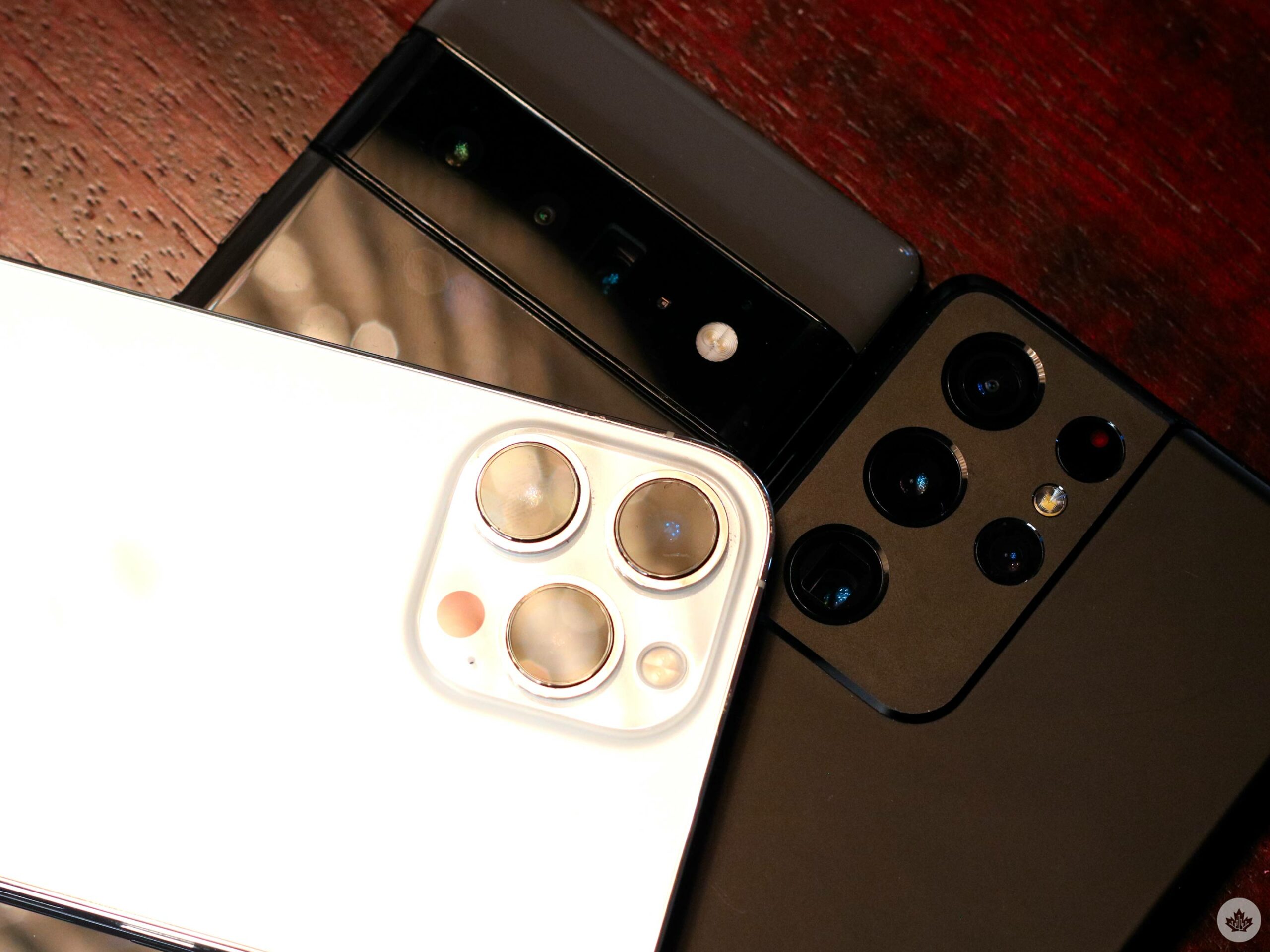
Let’s switch over to the smartphones’ cameras.
All three devices sport the now-standard trinity of flagship shooters: a wide-angle, an ultra-wide-angle and a telephoto camera. However, the Galaxy S21 Ultra also offers two telephoto lenses, including one with impressive 10x zoom.
Regarding the main camera, it’s difficult to say what phone wins out of the three. High-end smartphone photography is at a point now where nearly every device takes excellent pictures, so it ultimately comes down to your personal taste in processing.
I found that Samsung’s Galaxy S21 Ultra does the typical Samsung “thing” with images. This means it oversaturates pictures — the grass is greener, the sky is bluer and colours generally seem far more vibrant than they are in real life. While these images look smooth, I’m not the biggest fan of this approach to photography.
The iPhone 13 Pro Max’s images are bright, vibrant, lively and offer a significant amount of detail. Colours aren’t oversaturated and are generally what I’d consider realistic and true-to-life. There is a slight blue tint that some might not like, however.
Google’s Pixel 6 Pro is somewhere in the middle with photographs that still look true-to-life but have vibrant colours. That said, some outdoor photos are a bit dreary and aren’t as bright as what the iPhone 13 Pro Max shoots. Given how most people tend to lean towards brighter overall images, some might take issue with this approach to mobile photography.
Pictures of my friends and me look great across all three phones. Samsung’s Galaxy S21 Ultra, unfortunately, brightens darker skin tones, which isn’t something that appeals to me as a Black man. Apple’s iPhone 13 Pro doesn’t do this and, in fact, does a relatively good job at keeping my skin tone accurate. Google’s Pixel 6 Pro and its ‘Real Tone’ feature is also great at recreating my skin tone; however, both the iPhone 13 Pro and the Pixel 6 Pro are very comparable.
Distance matters
While it’s difficult to declare a winner in the terms of the primary shooter, there’s a clear victor when it comes to zoom.
Apple’s iPhone 13 Pro Max sports a 12-megapixel camera with a 3x optical zoom, the Pixel 6 Pro offers a 48-megapixel shooter with 4x optical zoom and the S21 Ultra sports one 10-megapixel shooter with 3x optical zoom and a 10-megapixel shooter with 10x optical zoom.
Both Apple’s 3x and Google’s Pixel 6 Pro 4x zoom telephoto cameras snap good images. However, occasionally I found that the Pixel 6 Pro’s picture quality didn’t match Apple’s iPhone 13 Pro Max.
However, the winner here is Samsung’s Galaxy S21 Ultra, which boasts both top-quality pictures and a significantly further range at 10x optical zoom with its periscope lens.
Low light photography
Low-light images shot with one of these smartphones turn out well and are excellent at offering illuminated pictures.
However, in my testing, I found that the Galaxy S21 Ultra does the worst job out of the three devices. Despite being able to capture well-lit photos, the S21 Ultra’s pictures don’t offer the same level of sharpness as the other devices and in turn, feature less detail.
Selecting what’s a better pick between the iPhone 13 Pro Max and the Pixel 6 Pro is difficult when it comes to low-light photography, but Apple’s handset has the edge up on Google’s device. This is primarily because the iPhone 13 Pro Max’s night time photography offers better contrast than Google’s. The whites are brighter, the blacks are darker and the colours are more saturated, which typically results in a more appealing image. The Pixel 6 Pro, on the other hand, shoots images that are a bit more undersaturated, though they’re also slightly more lifelike. However, when you’re snapping photos under low-light, undersaturation isn’t typically what you’re looking for.
In the end, it’s hard to point to a specific smartphone that takes the camera crown and in some ways, it ultimately comes down to personal choice. Personally, I’d go with the iPhone 13 Pro because it takes more true-to-life images and features exceptional low-light performance.
Flagship-level experience
![]()
This year, the S21 Ultra, the Pixel 6 Pro and the iPhone 13 Pro Max all sport different processors: Qualcomm’s Snapdragon 888 chipset, Google’s proprietary Tensor processor and Apple’s A14 Bionic chip, respectively. These are all different in their own way, yet manage to offer solid, all-around smartphone experiences.
Apple’s A14 Bionic has the best benchmarks, which, in theory, means it offers the most power. However, benchmarks don’t always match the real-life experience of actually using a device.
Each of these smartphones are quick, powerful, can handle multiple tasks at once, and run mobile games with ease.
I’ve played League of Legends: Wild Rift on all three devices and the experience was silky smooth, though oddly, only the S21 Ultra and iPhone 13 Pro Max are able to play the game at a max 120Hz refresh rate. I can play multiple titles in a row on the iPhone 13 Pro Max and S21 Ultra with no issues ever, but the Pixel 6 Pro gets a tad warm after a few matches.
Battery-wise, the Pixel 6 Pro is, unfortunately, the worst out of the three devices. While the phone’s battery can last just about a day, it isn’t as reliable as the other handsets. The S21 Ultra features the same 5,000mAh power source as Google’s flagship, and is able to survive longer than the Pixel 6 Pro. It’s unclear why the S21 Ultra is better than the Pixel 6 Pro in the battery life department, considering it also offers a larger and brighter display, but it’s possible that Qualcomm’s chipset is better at power management.
However, the winner out of these three is the iPhone 13 Pro Max. While the S21 Ultra can reliably make it through the day — and a bit more — I find that I don’t need to charge my iPhone 13 Pro Max until around 1pm or 2pm the following day. This is an impressive feat for any smartphone. Though Apple doesn’t publically release the size of the battery included in its devices, the smartphone features just a 4,352mAh battery according to GSMArena, which is surprising considering how long it lasts.
Which one should you buy?
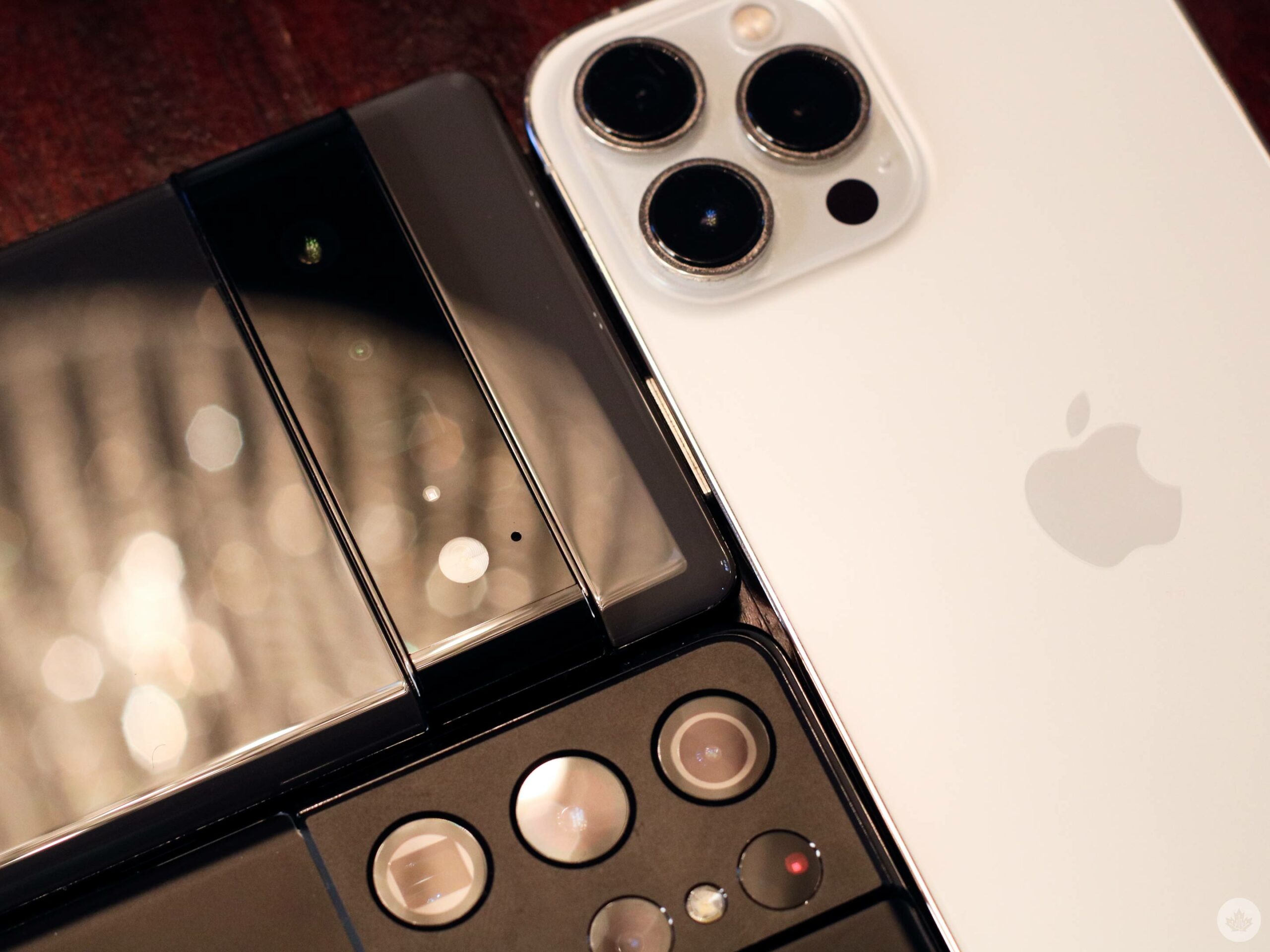
So which phone should you buy if you’re after a new flagship device? This evidently comes down to personal taste. I prefer Android over iOS, iMessage over other messaging apps, the body of the S21 Ultra, the primary shooter on the Pixel 6 Pro (though it might not be the best, I really like Real Tone), the telephoto on the S21 Ultra, the battery on the iPhone 13 Pro Max, and the display on the Pixel 6 Pro.
What I really need is some sort of a ‘Franken-phone’ that offers all of the best aspects of these top-tier handsets.
Each flagship offers its own benefits, but there’s another aspect I haven’t mentioned yet – pricing.
The Pixel 6 Pro costs $1,179, the iPhone 13 Pro Max is priced at $1,549 and the S21 Ultra costs around $1,500. When you look at the cost of each device, it’s easy to ignore the Pixel 6 Pro’s battery being the weakest of the three.
I can’t tell you which phone will work best for you, but I have the iPhone 13 Pro as my main device because I like to play games often, take quality shots and use iMessage. Meanwhile, I often switch back to the Pixel 6 Pro because I like Real Tone, Android 12, Material You and the way the phone feels in my hand.
All three flagships are great, but if you’re someone who is already used to the iOS ecosystem, the answer is pretty simple: just get an iPhone 13 Pro Max. On the other hand, if you’re an Android fan, the Pixel 6 Pro offers good value and is a solid choice. If you’re worried about battery life, enjoy using a stylus and need a high-end camera with a telephoto shooter, the S21 Ultra is definitely your best bet.
MobileSyrup utilizes affiliate partnerships. These partnerships do not influence our editorial content, though MobileSyrup may earn a commission on purchases made via these links that helps fund the journalism provided free on our website.
MobileSyrup may earn a commission from purchases made via our links, which helps fund the journalism we provide free on our website. These links do not influence our editorial content. Support us here.


















